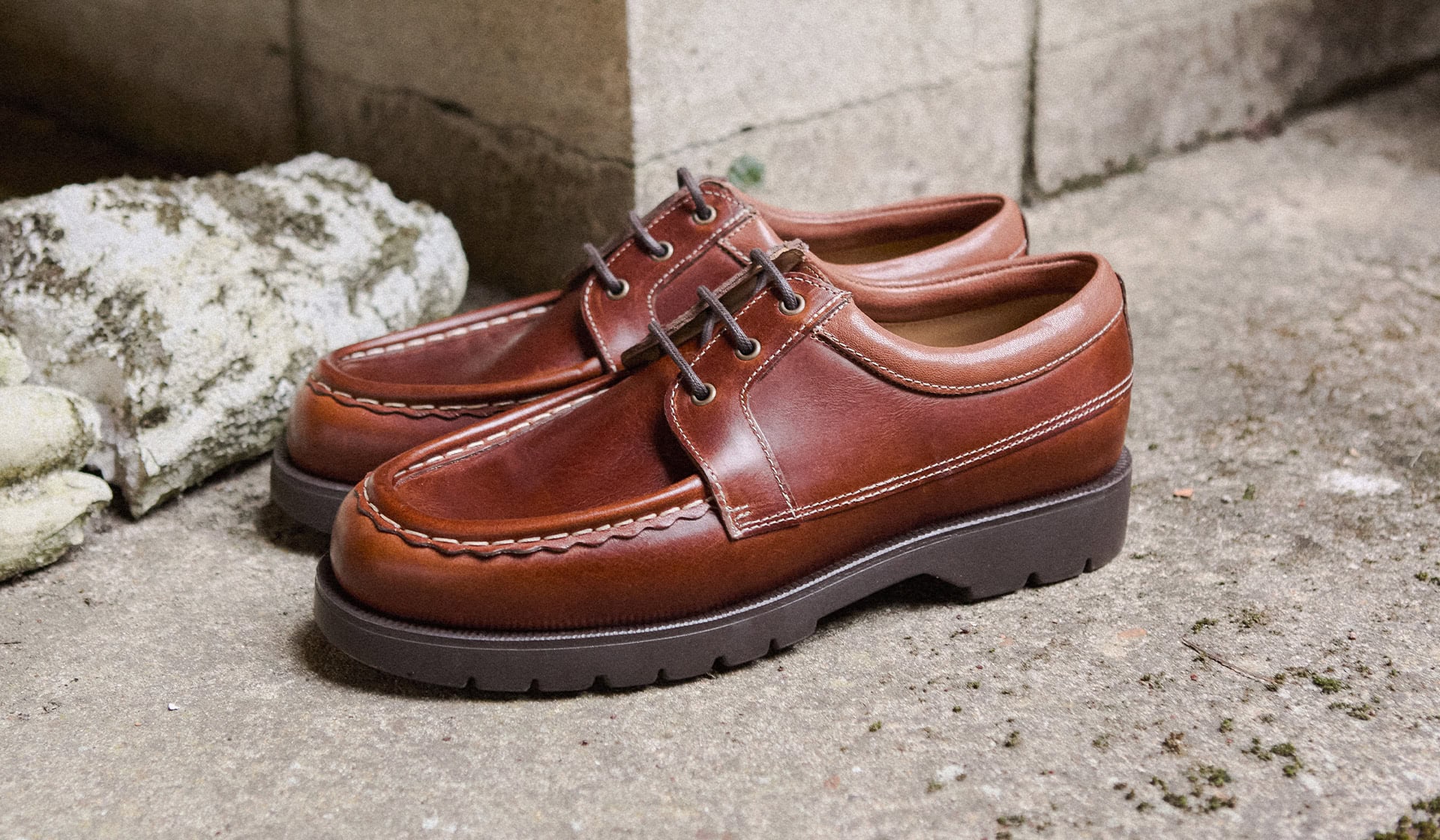This article is written by a student writer from the Her Campus at GWU chapter and does not reflect the views of Her Campus.
Earlier this month, F1 Academy, an all-female single-seater feeder series for Formula One, announced its newest partnership with Hello Kitty. This will come with a dedicated Hello Kitty grandstand and a 36-piece merchandise collection for the Las Vegas Grand Prix in November. The Las Vegas Grand Prix is the last round of F1 Academy’s 2025 season, as it closes its 3rd season. This new collection is helping “cement” F1 Academy in pop culture, as Managing Director Suzie Wolff puts it in a recent press release.
This new partnership is incredibly exciting for me as a female F1 fan. Since I became a fan of this sport and started interacting with other F1 enthusiasts, I have realized just how male-dominated the space is. No women are driving in Formula 1, 2, or 3, which creates a space that can breed misogyny and “locker room talk.” I have witnessed this when looking through fan pages across Instagram, TikTok, and Tumblr. When it is revealed that accounts about F1 are run by women, waves of comments come to discredit why women could enjoy an all-male sport. Comments can range from discrediting women because they think the driver is “hot” to threats of physical and sexual violence. These threats and discouragement make it hard to want to keep participating in conversation around F1. Women should be able to enjoy a sport and not face these waves of criticism, which are largely based on sexist and heteroerotic stereotypes. I enjoy F1 because it balances politics, money, drama, and competition all during an incredibly high-stakes competition at even higher speeds.
F1, however, is not oblivious to its female fan base. Many collaborations that drivers individually have done aim at a female fan base. Carlos Sainz, who drives for Atlassian Williams Racing, has a sponsorship with L’Oréal Paris, which has a target audience of women and girls. So, F1 drivers know about the economic power of having female fans. Why can’t women just be allowed to like F1 and be left alone? I am so excited that some facet of this very male-dominated sport has embraced such a feminine brand like Hello Kitty.
Partnering with a brand like Hello Kitty is an essential step to getting more women and girls involved in Formula 1, so that one day soon we can have women racing again. 5 different women have competed in F1 between 1958 and 1992. After that, no woman has taken part in any Grand Prix. F1 Academy was created by Susie Wolff to change this; she was a Test Driver and did get to participate in a practice session for Williams Racing in 2014. She stated to F1-TV that her goal is to have a female driver in F1 by 2030 and that F1 Academy will help that happen. However, F1 Academy did not start with support in the form of broadcasting. The first season in 2023 was not broadcast by ESPN and was only available live through YouTube. This has changed, as now there is broadcasting, and all of the F1 teams sponsor a driver in the series, garnering even more support. 70% of people who watch F1 Academy are women and girls, while over 40% of the F1 audience is women. With this split, it seems that there needs to be a larger push for men to embrace watching the all-female series. With the exclusionary culture in the F1 fandom, which has deep tones of misogyny, it seems like this might be a hard sell. I think to garner more support from that side of fans, we should see teams lean into advertising their F1 Academy drivers as equals to all their other drivers. Teams like Red Bull andMcLarenn have started to do this at various events. McLaren had their F1 Academy driver, Ella Lloyd, during their promo event “McLaren Racing Live: London” next to all their other sponsored drivers, including their F1 Drivers. Red Bull also promotes their F1 Academy drivers across social media by showing them interacting with all current Red Bull-sponsored F1 drivers. By creating a level playing field, we can hopefully eliminate the divide between F1 Academy being deemed a girls’ version of motorsport.
With this increased push for visibility for these women, it seems Wolff’s goal of having female drivers by 2030 just might be possible. Hopefully, there will be a day when women are not faced with ridicule for enjoying a sport, and F1 will start to embrace female fans on a more mainstream level.

.jpeg)






















.jpeg)













 English (US) ·
English (US) ·